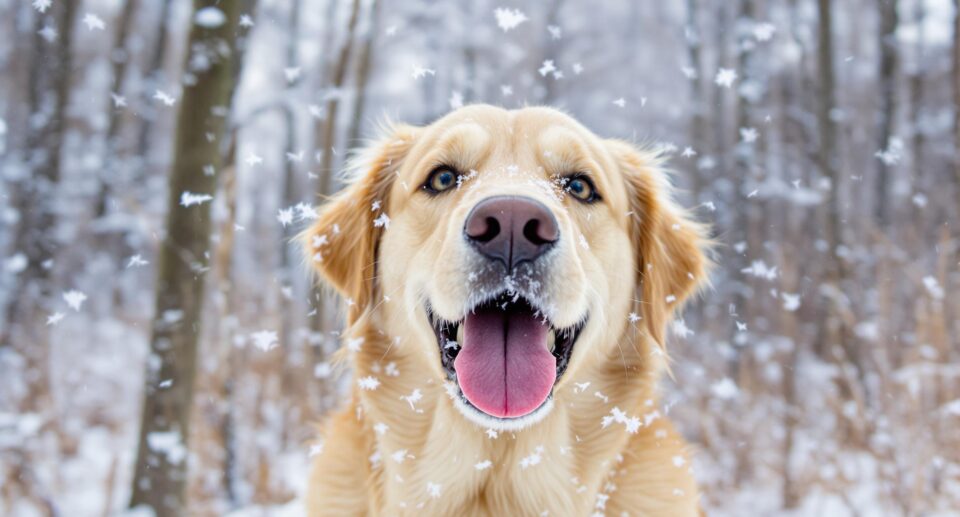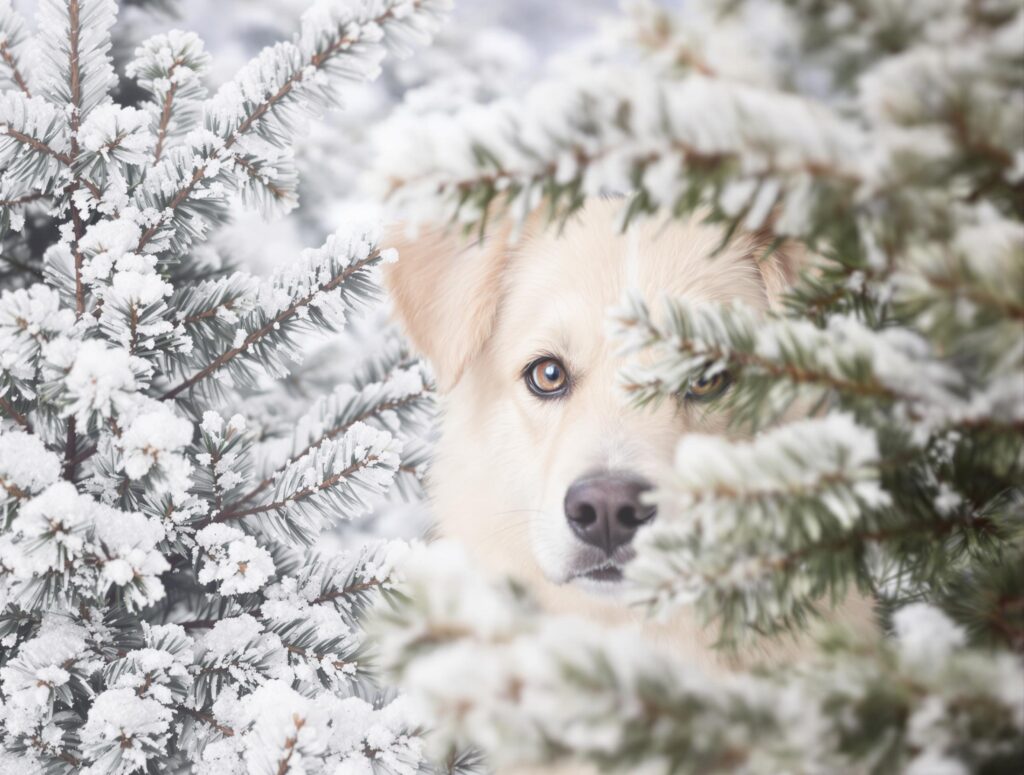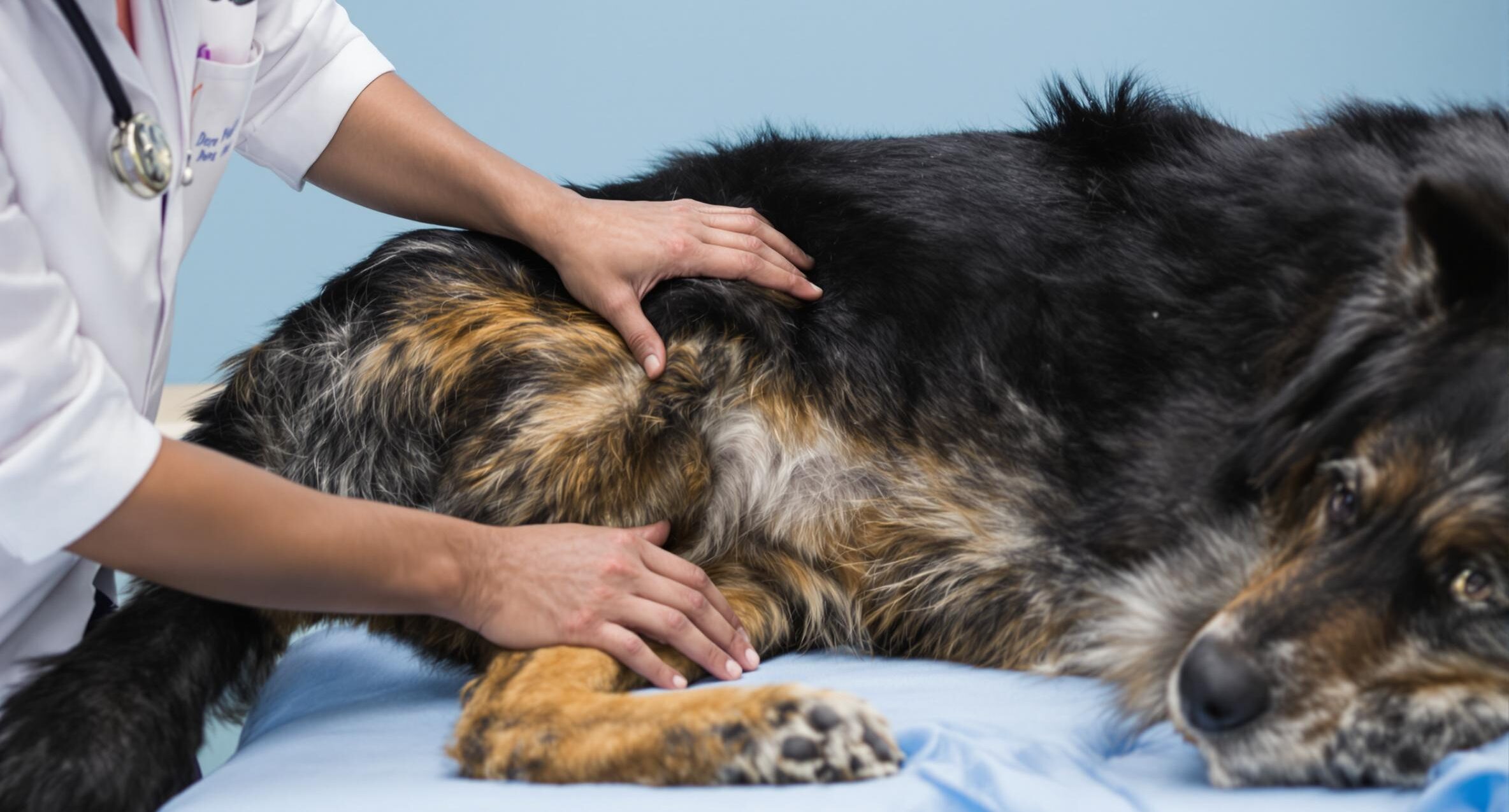
Key Takeaways
- Cold tolerance varies by dog, but temperatures below 32°F are risky for most pets, especially small or short-coated breeds.
- Watch for shivering, paw lifting, or anxious behavior as early signs that your dog is getting too cold.
- Simple changes such as warm bedding, winter gear, and limiting outdoor time can help keep your dog safe and comfortable in cold weather.
Cold weather doesn’t have to stop your dog from enjoying outdoor time, but it does mean you’ll need to be more cautious. From freezing temperatures to icy sidewalks, winter can bring challenges that affect your dog’s comfort and safety. Learning what’s too cold for your dog helps you plan smarter outdoor time.
At PetHealthMD, we’re here to make seasonal care easier for pet owners. This guide breaks down safe temperature limits, signs of cold stress, and easy ways to keep your dog warm so you both can enjoy winter without worry.
Understanding Temperature Thresholds for Dogs
Not all dogs feel cold the same way, so understanding your dog’s limits is key to keeping them safe. Factors like breed, size, coat type, age, and overall health all affect how much cold they can tolerate.
Larger, thick-coated breeds like Huskies or Saint Bernards are built for colder climates and can often handle lower temperatures with ease. Small dogs, short-haired breeds, seniors, and puppies are much more sensitive to the cold and may need extra care even in mild winter weather.
Pay attention to how your dog behaves when they’re outside. If they seem hesitant to walk, start shivering, or lift their paws frequently, they might be getting too cold. Every dog is different, so learning what’s normal for your pet helps you make better choices when the temperature drops.
General Temperature Guidelines for Dog Safety
Whether your dog spends most of their time indoors or outside, it’s important to know how to protect them from the cold. Here are some cold-weather safety guidelines to help you keep your dog warm.
Indoor or Sheltered Dogs
Keep indoor temperatures above 45°F, especially if your dog is small, short-haired, older, or has health issues. These dogs do best when indoor temperatures stay above 50°F.
If the indoor temperature falls below 50°F, give your dog extra ways to stay warm, like cozy bedding or pet-safe heating options.
Outdoor Dogs
Outdoor shelters should offer protection from wind, rain, snow, and ice.
When it’s below 50°F, outdoor shelters must have clean, dry bedding to keep your dog comfortable.
When it’s below 35°F, provide extra bedding, like straw or blankets, so your dog can conserve body heat.
Even cold-weather breeds like Huskies or Malamutes need shelter from wind and moisture. No dog should be left exposed to extreme cold without proper protection.
And don’t forget—water matters as much as warmth. Your dog needs access to fresh, unfrozen water to help regulate their body temperature.

How Can You Tell If Your Dog Is Too Cold?
Dogs can’t tell us when they’re freezing, but their body language offers plenty of clues. Watch for:
- Shivering or trembling
- Holding up their paws or walking stiffly
- Curling up or tucking their tail tightly
- Whining, pacing, or anxious behavior
- Slowing down or refusing to move
- Ears or body feeling cold to the touch
When in doubt, it’s always safer to bring your dog indoors to warm up.
Practical Tips for Keeping Dogs Warm in Winter
A few small changes in your dog’s routine can make a big difference when temperatures drop.
- Limit time outdoors
- Dress them in a dog sweater or coat
- Provide cozy bedding away from drafts
- Wipe paws after walks to remove salt or ice
- Use pet-safe heating options
- Watch their body language for signs of cold stress
With a bit of planning, you can help your dog enjoy winter safely without risking their comfort.
Frequently Asked Questions About Winter Safety for Dogs
How can I tell when my pup is getting too cold?
Watch for shivering, paw lifting, tail tucking, or whining. These signs mean it’s time to bring your dog inside.
What’s the best way to introduce winter clothing to a reluctant dog?
Start with lightweight gear indoors and use treats and praise. Gradually move to heavier coats once they’re comfortable.
How do I protect sensitive paw pads in winter?
Use paw balm or dog booties. Always wipe paws after walks.
How can I create a cozy indoor environment?
Choose a bed away from drafts and add soft blankets. Indoor play and puzzle toys help keep your dog active.
What makes outdoor potty breaks safer in winter?
Clear a snow-free area and use pet-safe ice melt. Keep breaks short but regular.
Ensuring Your Dog’s Safety in Cold Weather
Winter weather brings extra challenges, but understanding how cold is too cold helps you keep your dog safe.
For winter gear, health products, and wellness essentials, explore Dog Health & Wellness, Dog Medications, and Dog Flea and Tick Protection.
For trusted supplies and year-round care, visit the main Dog category on 1-800-PetMeds.





